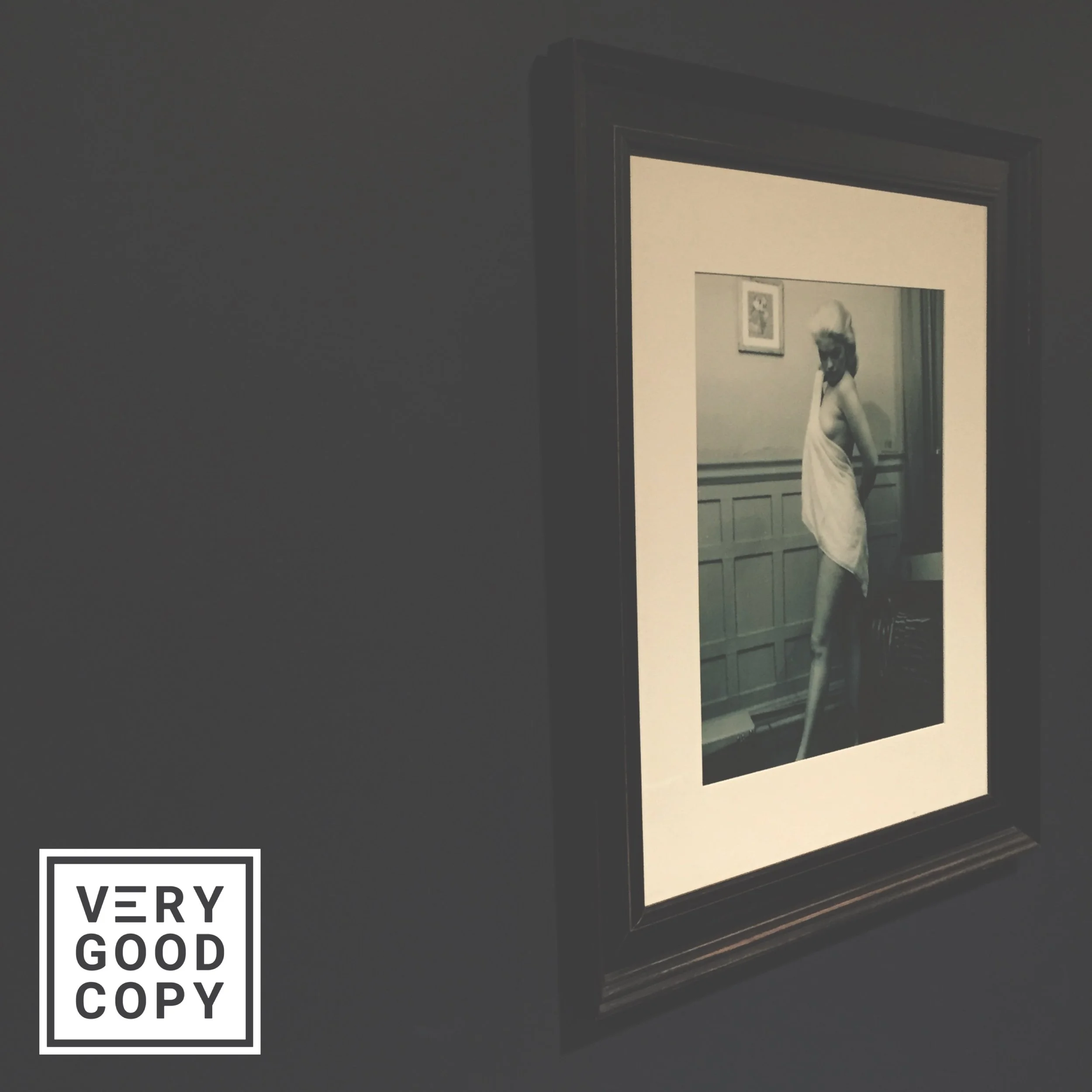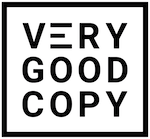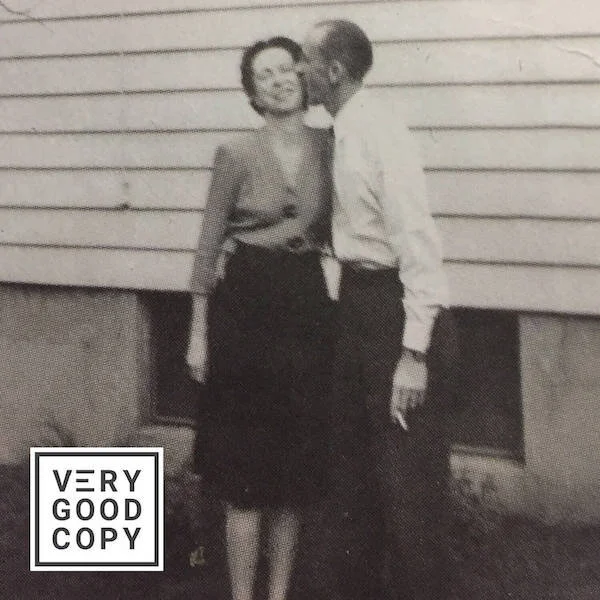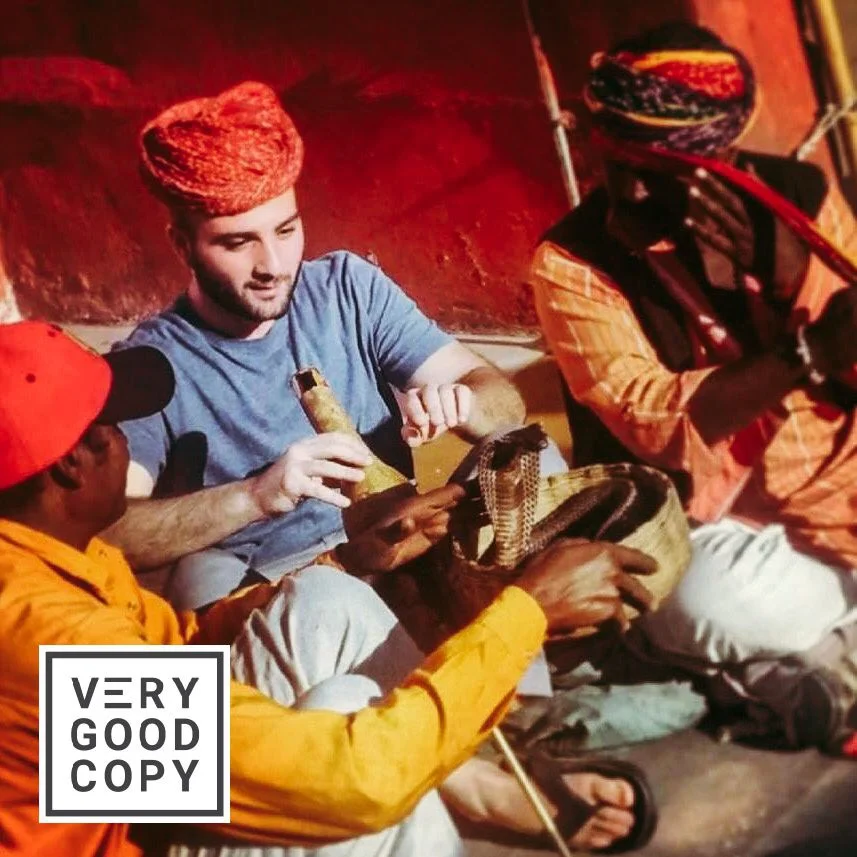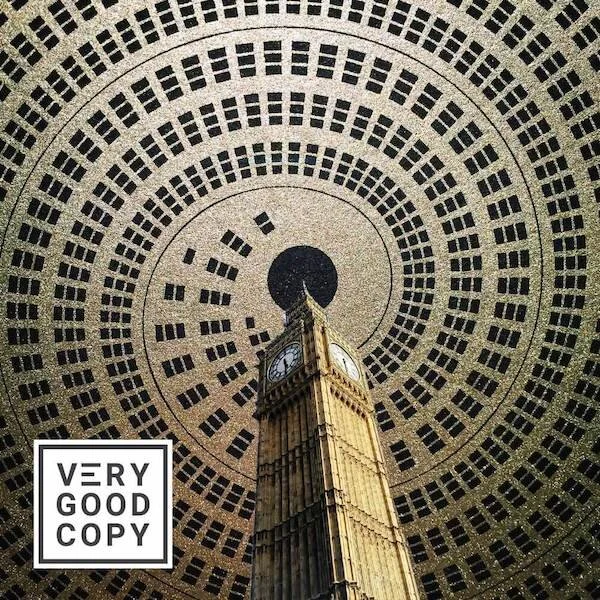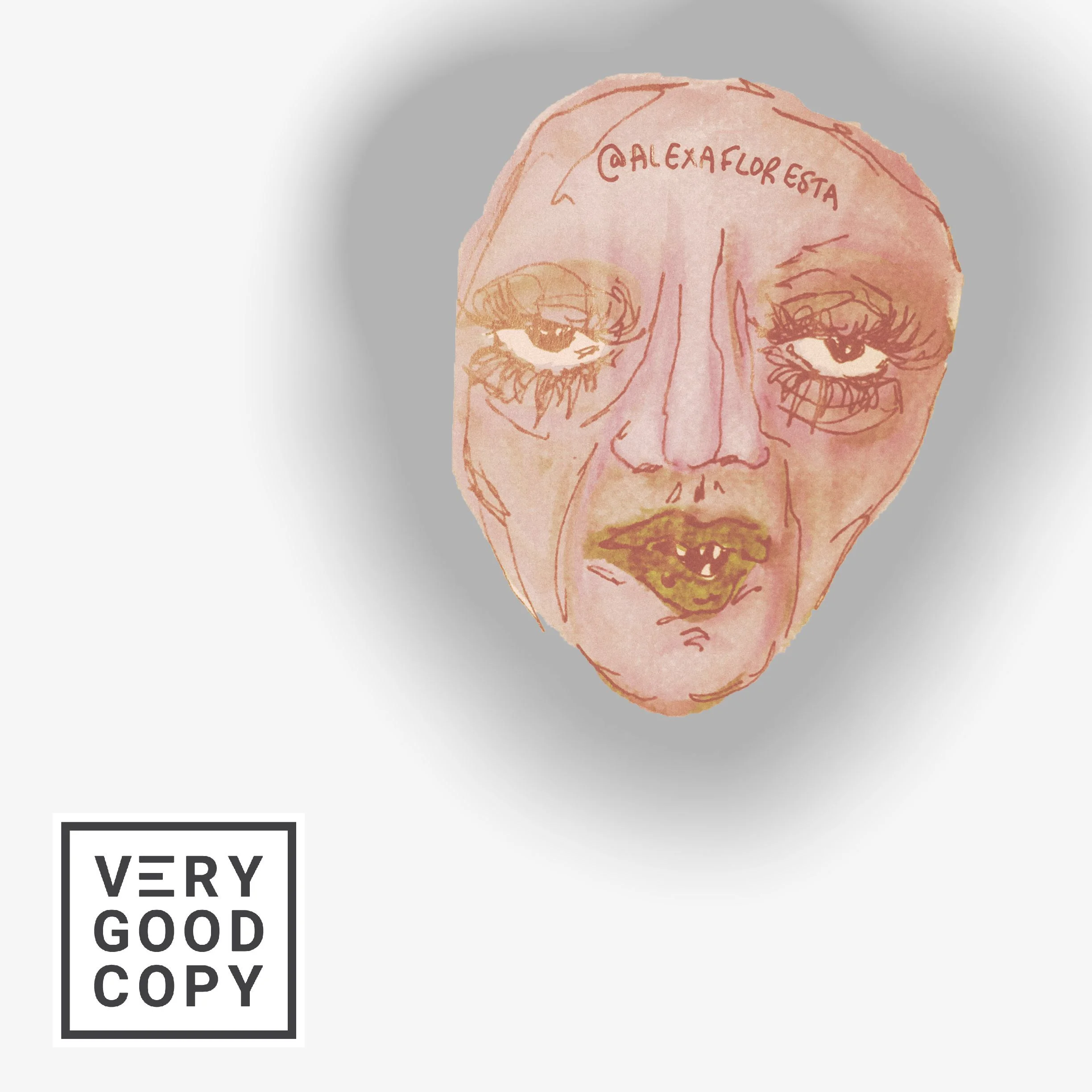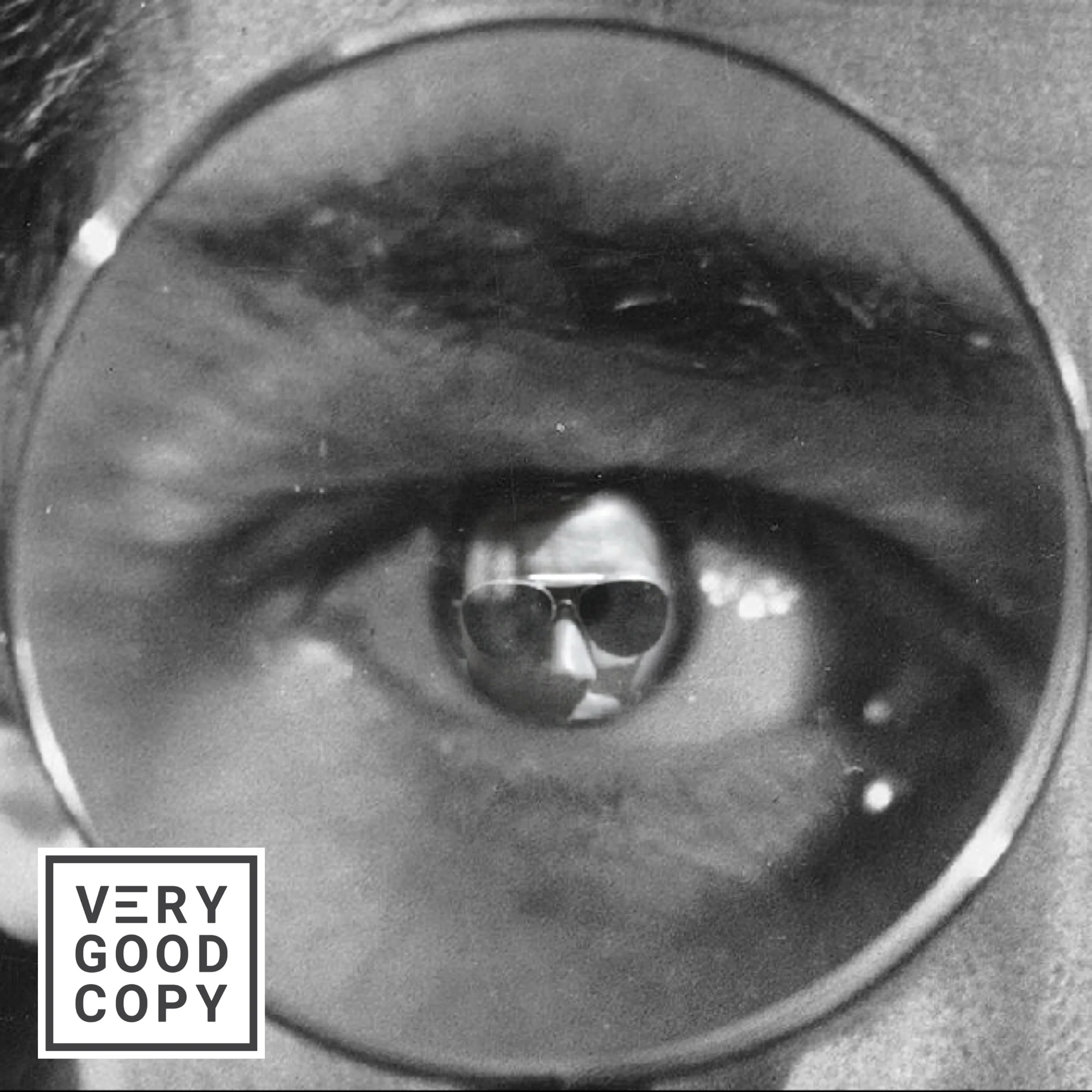![VeryGoodCopy [Small].png](https://images.squarespace-cdn.com/content/v1/5615edeae4b0b9df5c3d6e90/1576607425329-9WI30RAL9900JNLZTZK2/VeryGoodCopy+%5BSmall%5D.png)
October 1974.
2 copywriters are sitting in an ad agency. They’re working on a direct-response promotion for a client who sells silver coins and bullion.

Gary Bencivenga, one of the world’s greatest living copywriters.
Their names: Gary Bencivenga and Dan Rosenthal.
They’re arguing.
“I like the body copy,” says Bencivenga. “But I don’t like the headline.”
The headline: 2 reasons why the price of SILVER may rise steeply
“Why not?” says Rosenthal, the headline’s author.
“Why are you saying ‘may’ rise?” says Bencivenga. “You should test a headline that sounds a little stronger, a little bolder, such as ‘Why the price of silver WILL rise steeply.’ That way it sounds, Dan, like you believe what you’re predicting.”
I’ll share the results of the test soon...
But first:
A simple copywriting secret for exploding your response.
This is a very powerful, very versatile persuasion technique. You can use it in your sales letters, your emails, your social posts, your website copy.
It’s a potent, proven way to bake credibility and believability into your sales materials.
Here it is:
![VeryGoodCopy [Small].png](https://images.squarespace-cdn.com/content/v1/5615edeae4b0b9df5c3d6e90/1576607939901-O2DTVH6A1Q2BLY7ZXADR/VeryGoodCopy+%5BSmall%5D.png)
JOIN THOUSANDS OF SUBSCRIBERS

When you make a claim, put a condition on it.
A condition makes it clear that your claim (i.e., your promise) is not a 100 percent certainty. A condition is language that grounds your claim, making it feasible, believable.
Belief garners trust.
And trust compels action, sales.
One of my favorite email copywriters, Ben Settle, does this very well. Note the conditions (i.e., the words and phrases I’ve italicized and bolded) in a few of his bullets:
“An old selling strategy that makes it almost neurologically impossible for people to delete your launch and affiliate emails before opening them…”
— — —
“An unorthodox way to make a killing selling a product you know nothing about and have not even read the sales page for… Believe it or not, this is one of the fastest, easiest, most ethical ways to create quick sales I’ve ever used… Plus it usually only takes a few minutes to write the emails to do it…”
— — —
“A mental trick used by one of the world’s biggest e-commerce sites that creates a feeding frenzy of buying activity during your product launch and affiliate campaigns… Do it correctly and it can create an overwhelming need in your list to buy products they didn’t even necessarily want…”
See how each condition qualifies its claim? Bencivenga describes it as “snoozing the reader’s ‘Yeah, sure…’ alarm.”
Basically, conditions take the edge off a promise that sounds too good to be true.
“Fine,” said Rosenthal.
“Let’s test it.”
Years later, Gary Bencivenga sat down for an interview with Clayton Makepeace, another copywriting legend. He talked about this specific split test.
“It’s counterintuitive,” said Bencivenga, “but ‘Why the price of silver may rise steeply’ outperformed ‘Why the price of silver will rise steeply’ maybe by 200 percent.”
(In this case, “may” was the condition.)
The winning ad:

1 word. 200 percent lift.
Simple execution. Explosive response.
P.S.
If you can sandwich your claim inside an IF… THEN statement, it will instantly make it more believable.
Just cite a relatively easy requirement (IF), and follow it up with a strong promise (THEN).
You can probably write an IF… THEN statement about your business right now, in just a few minutes. (And use it as a headline, subhead, email subject line, tagline — many things.)
LEARN TO PERSUADE
![VeryGoodCopy [Small].png](https://images.squarespace-cdn.com/content/v1/5615edeae4b0b9df5c3d6e90/1576608145495-Q0F2LKR1R6AQ6O3ONC0S/VeryGoodCopy+%5BSmall%5D.png)
WRITE BETTER.
MARKET BETTER.
SELL MORE.
COMMENT BELOW
Judge not lest ye be judged.

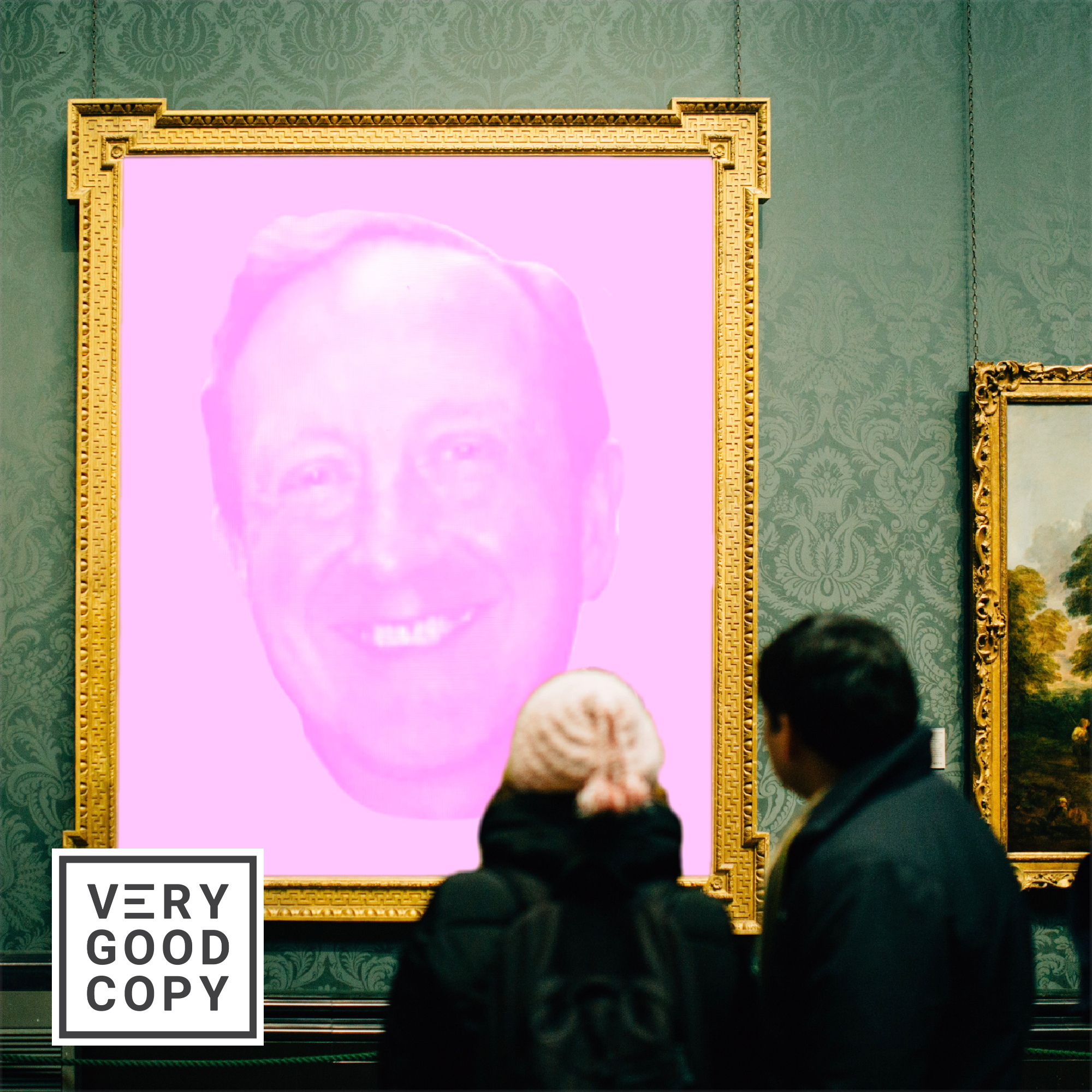
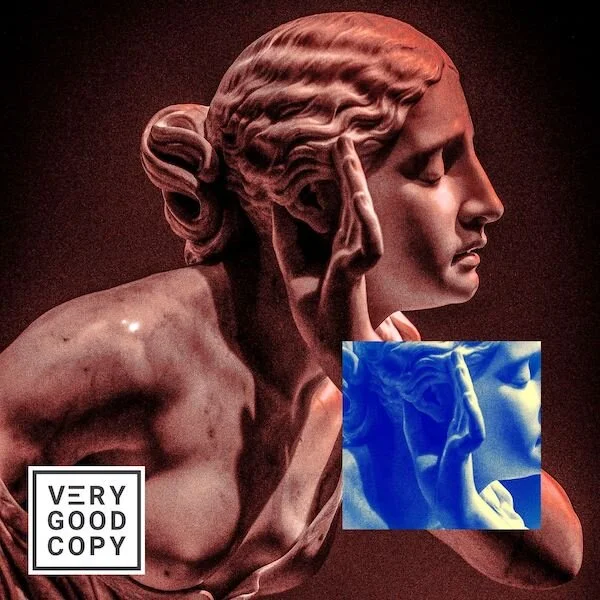
![How to write better dialogue [easy, instant, Hemingway-inspired hack]](https://images.squarespace-cdn.com/content/v1/5615edeae4b0b9df5c3d6e90/1600810690603-XZIT3F465CS25186CILF/Better+dialogue+COMP.JPG)







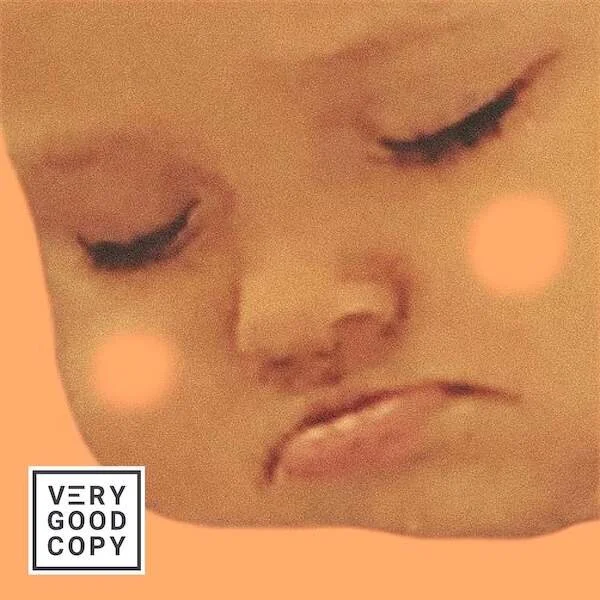
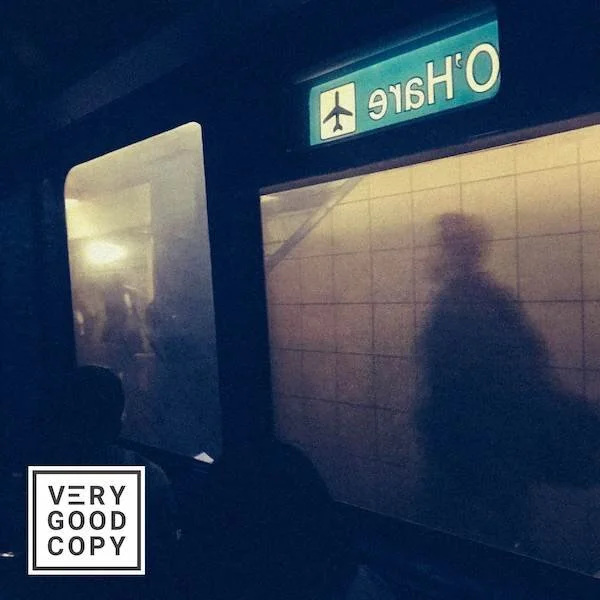




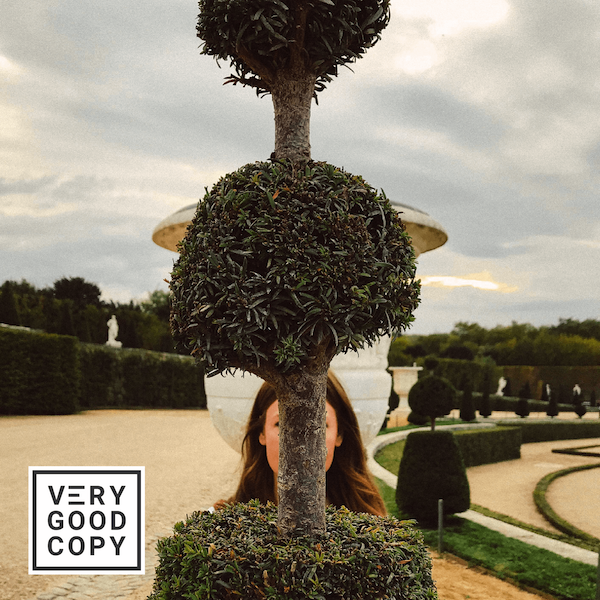









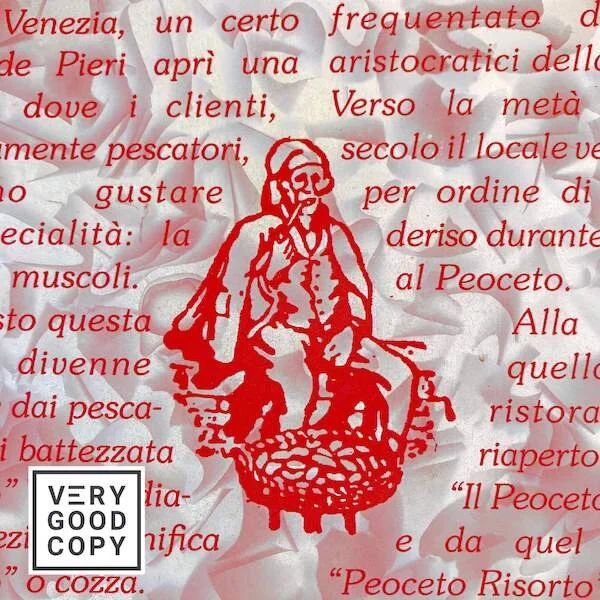



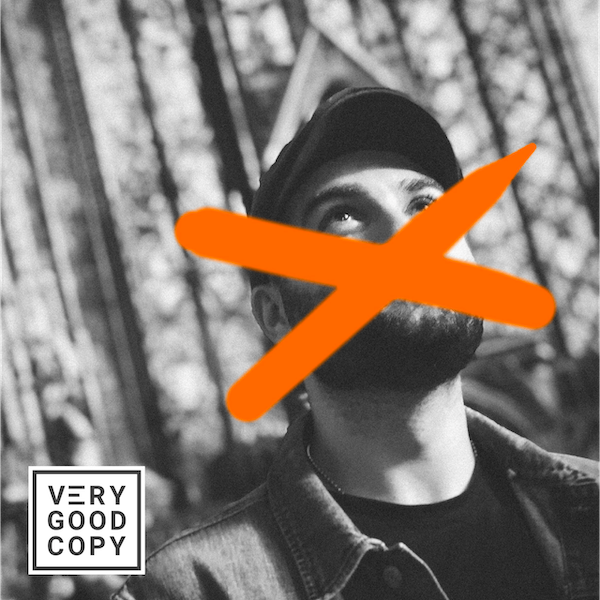




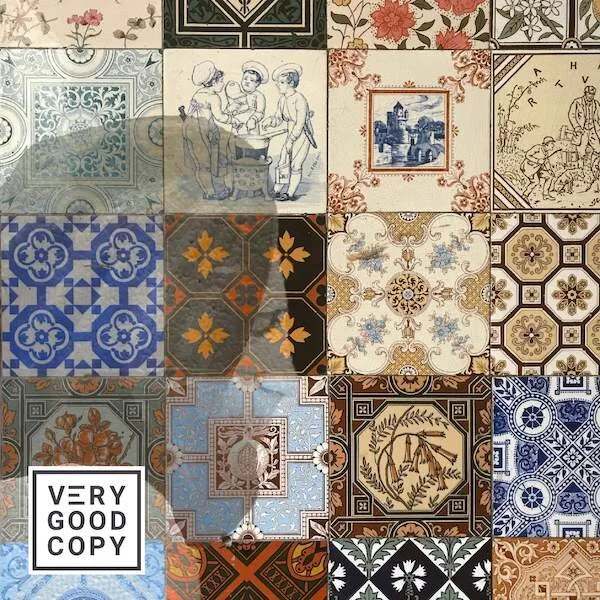


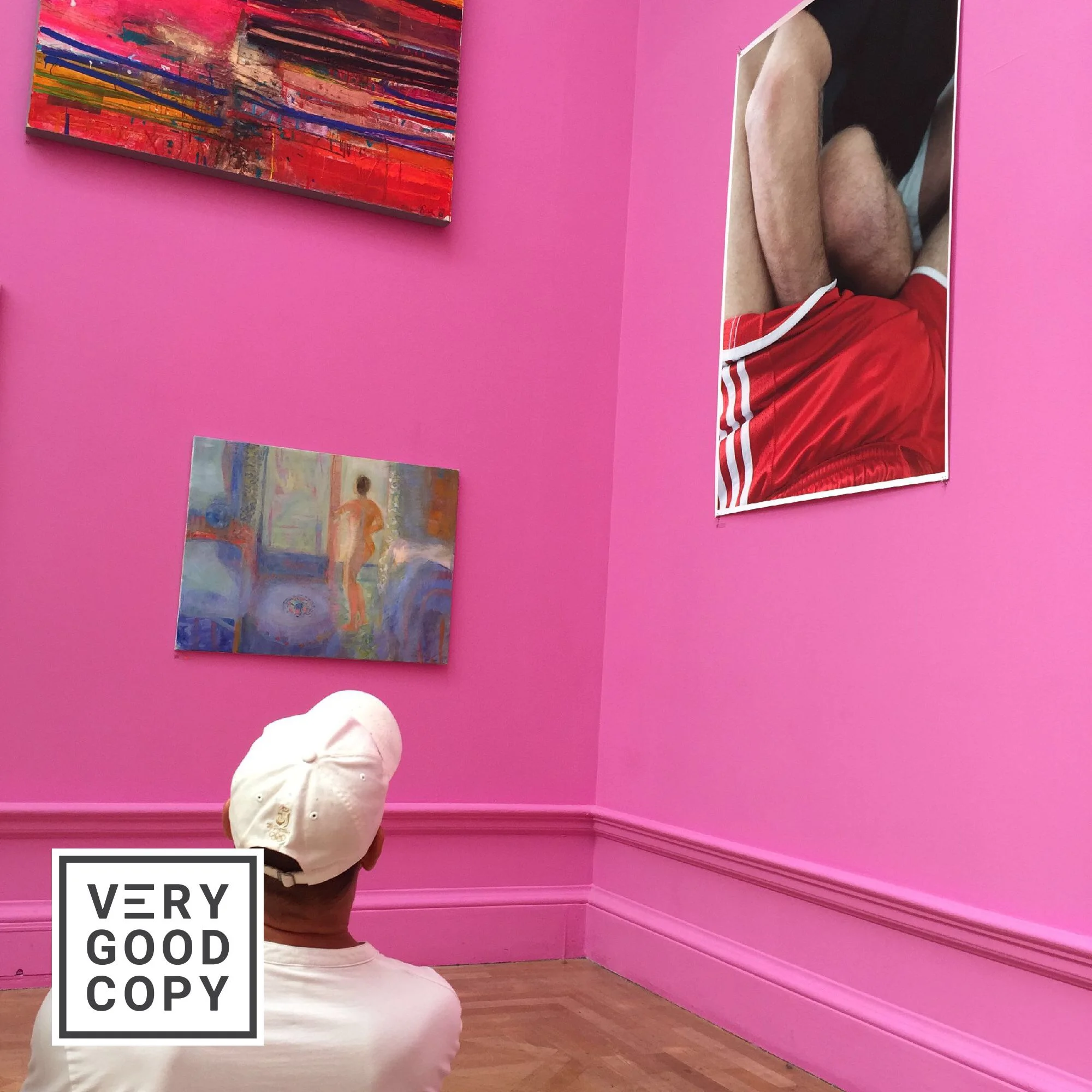
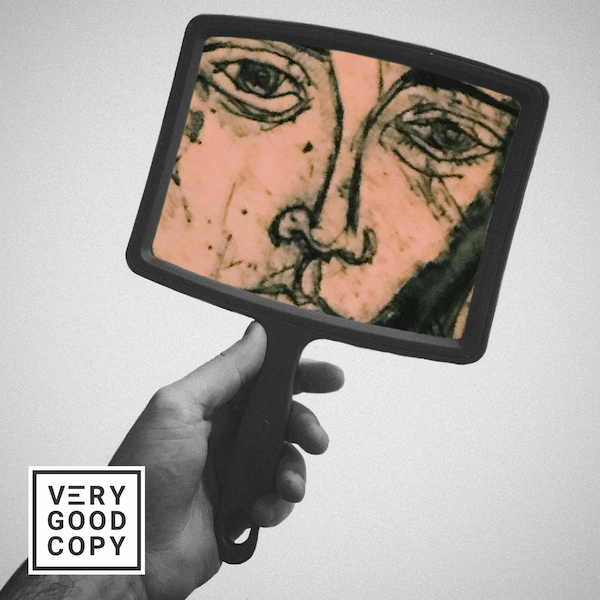




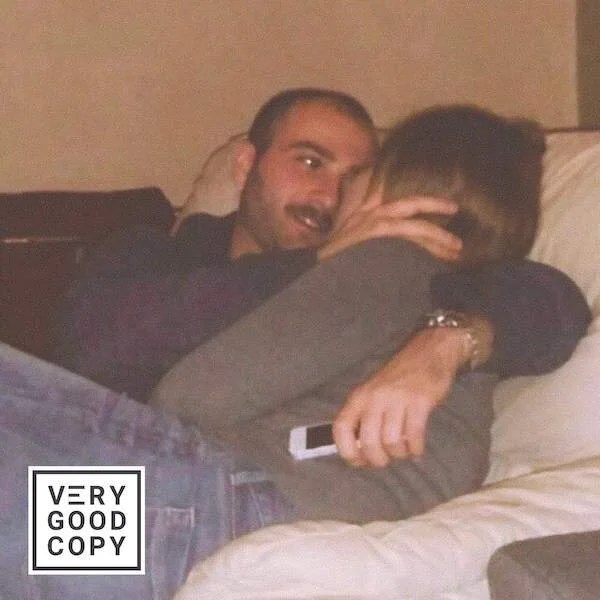
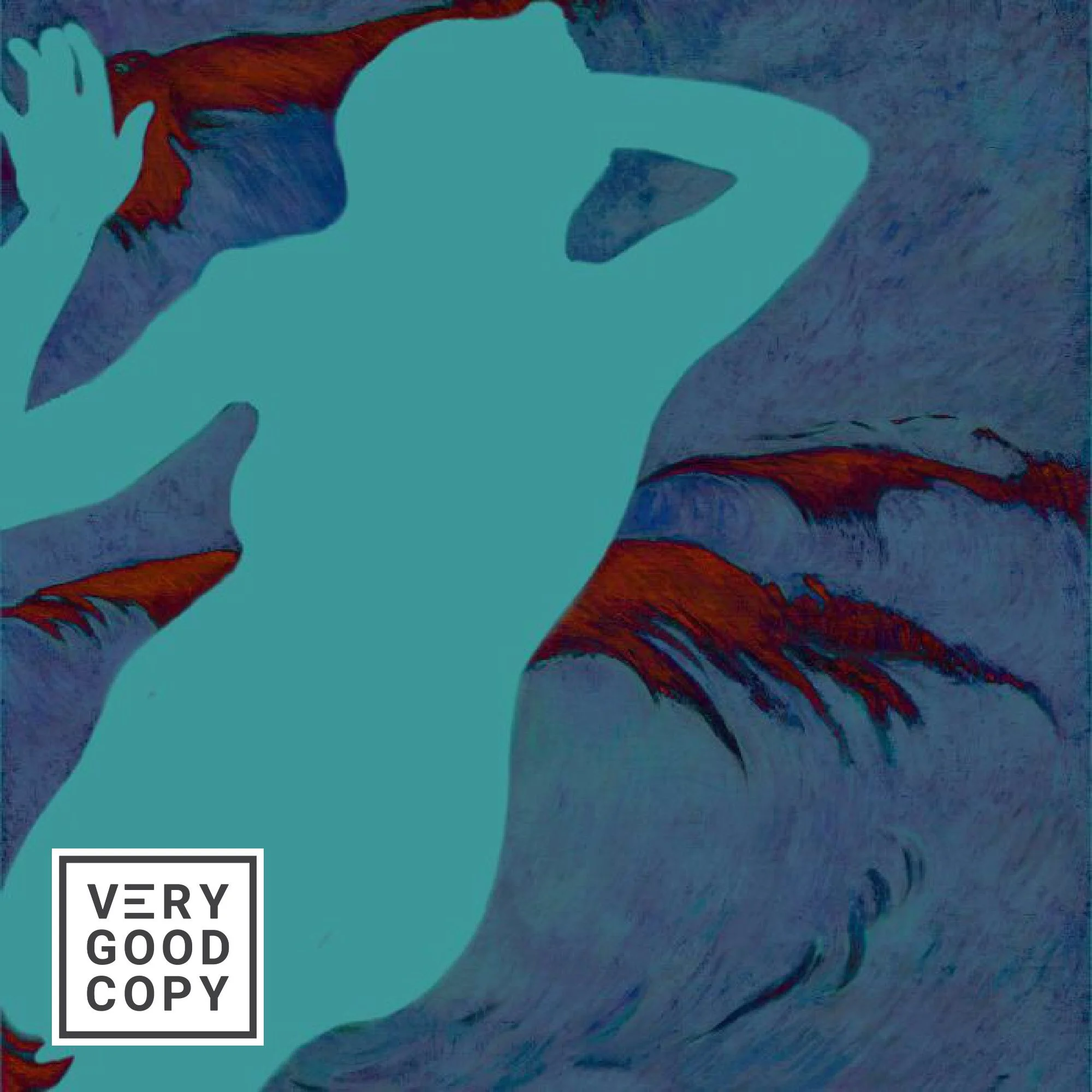




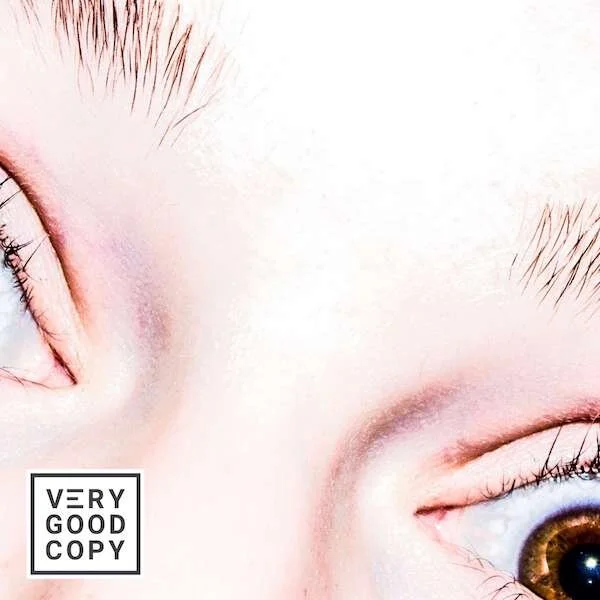


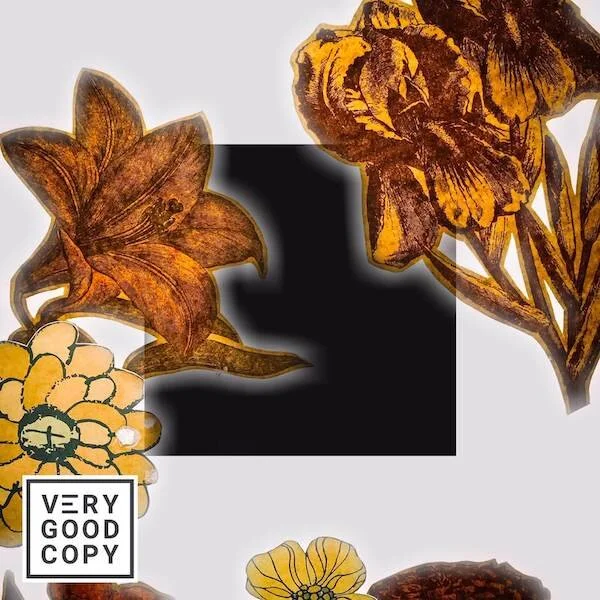











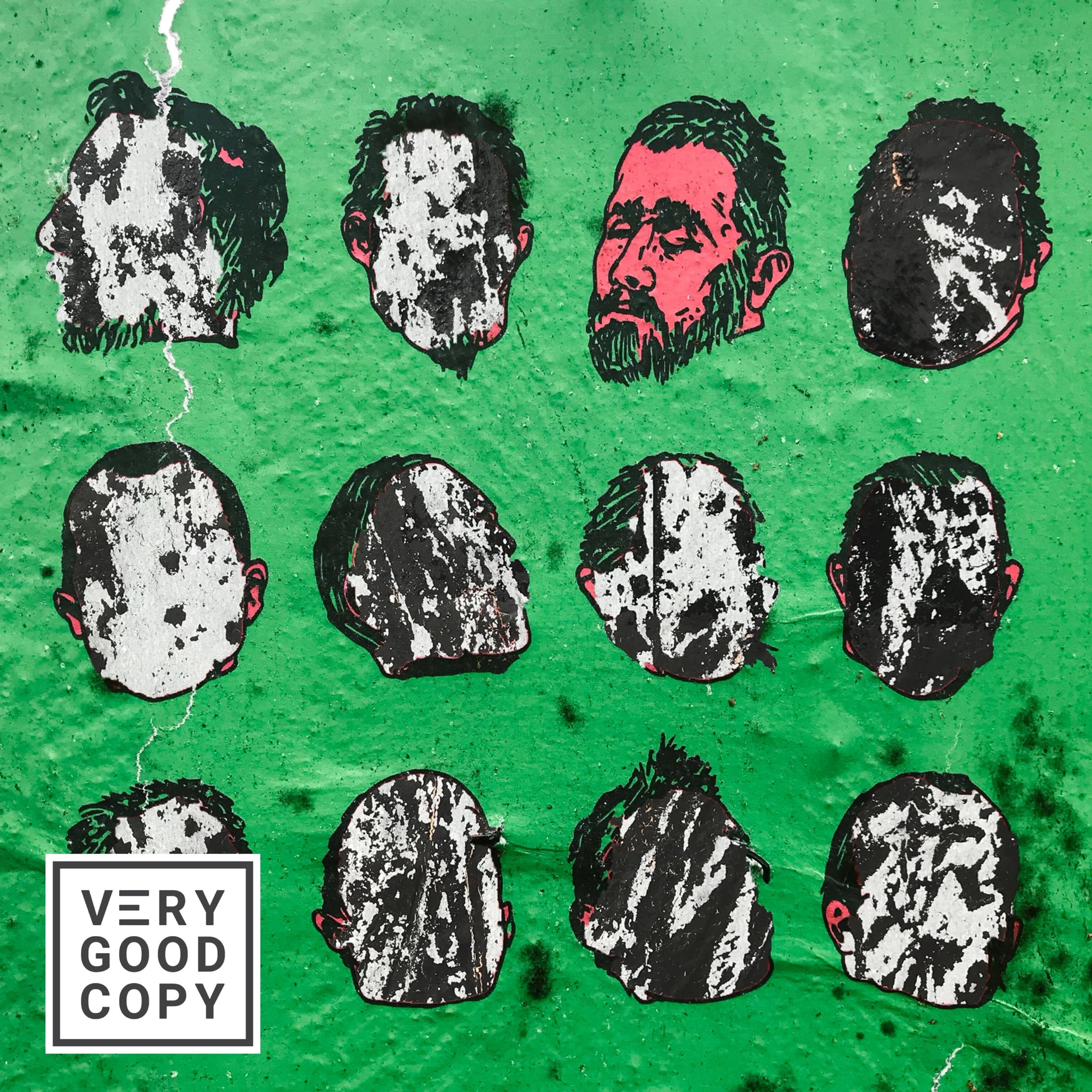

![How copywriters put prospects in the buying mood [quick trick]](https://images.squarespace-cdn.com/content/v1/5615edeae4b0b9df5c3d6e90/1533095575515-C2JPAZA3C46IBX00EMM8/Put+prospects+in+the+buying+mood+%5BVGC+art%5D.JPG)






